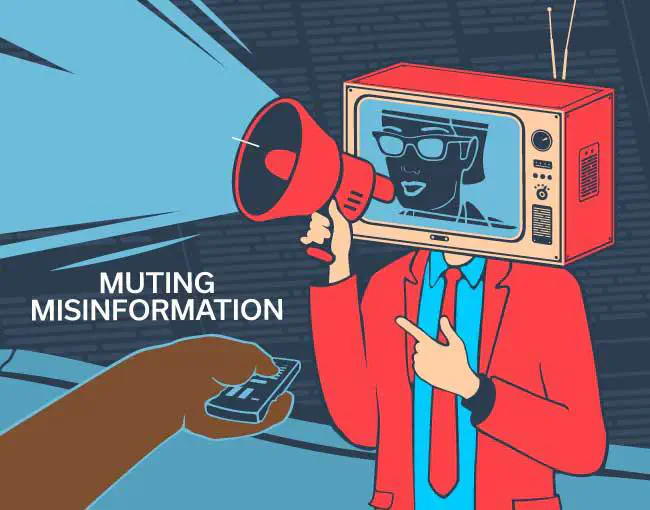Misinformation detection from social media
 Photo by rawpixel on Unsplash
Photo by rawpixel on UnsplashExisting methods to detect and to grade misinformation, however, are met with significant challenges and limitations: (I) Static Evaluation: Existing models predominantly use static scoring systems, which prove inadequate due to their failure to adapt to the dynamic nature of social networks. This lack of adaptability often results in delayed detection of misinformation. (II) Temporal Oversights: Current approaches typically do not account for temporal changes in the information context or the continuous influx of new data, leading to suboptimal detection and grading accuracy. (III) Immediate Classification: It may not always be possible or accurate, particularly in the face of uncertain or incomplete information. (IV) Scalability Concerns: The enormous scale of the data on social media and the high user activity levels pose significant computational efficiency and scalability challenges to existing methods.